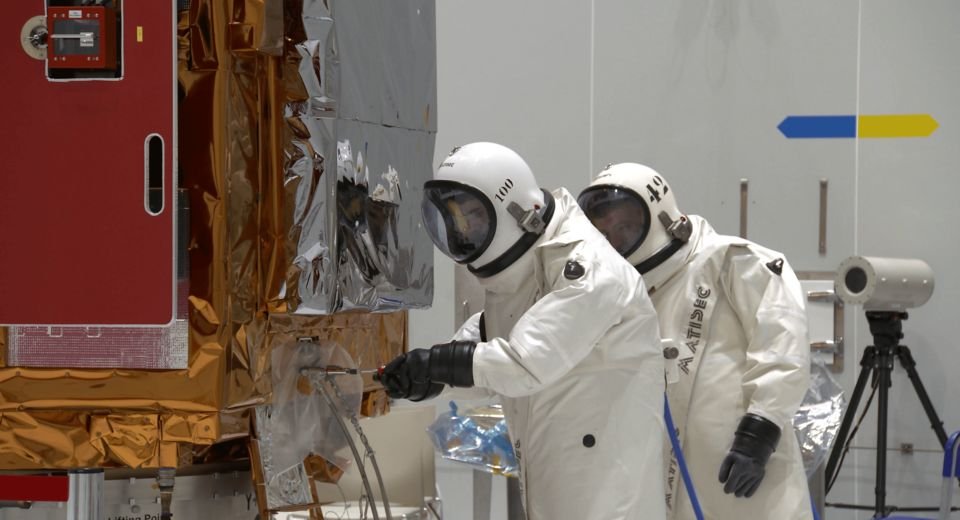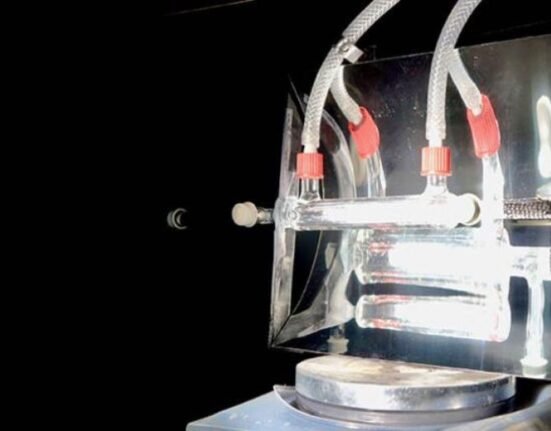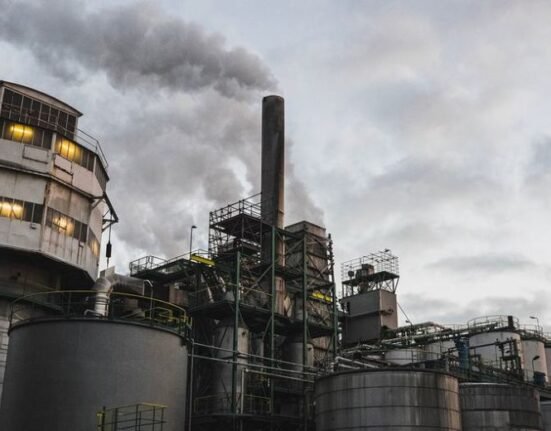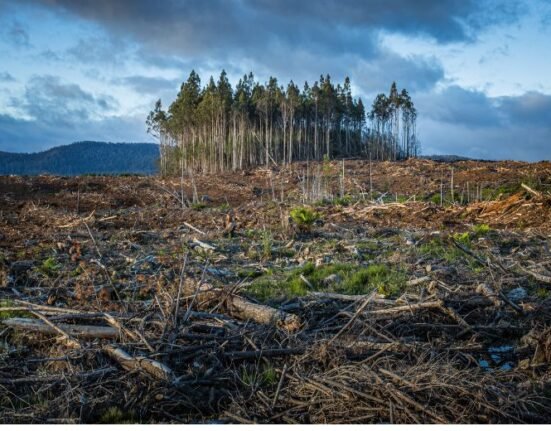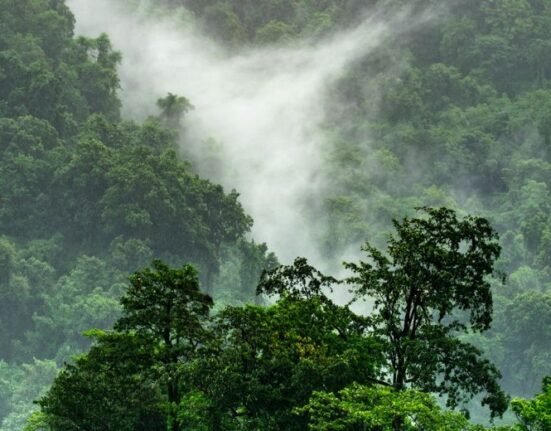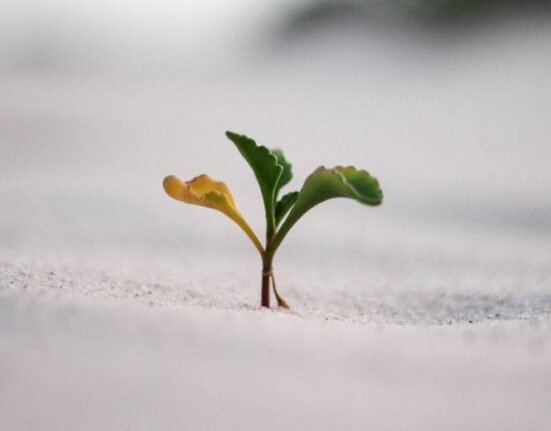HQ Team
April 12, 2025: A European Space Agency satellite is slated for launch on April 29 to gather information about the state of global forests and how they are changing.
The ESA Earth Explorer mission will orbit around the Earth to garner knowledge of the role forests play in the carbon cycle, according to a statement from the agency.
It will also glean information about how the forests are changing.
Biomass is the first satellite to carry a P-band synthetic aperture radar – an innovative instrument capable of penetrating forest canopies to measure the woody trunks, branches and stems where carbon is primarily stored.
Carbon stocks and fluxes
This cutting-edge technology will provide an unprecedented wealth of data, enabling scientists to accurately assess forest carbon stocks and fluxes influenced by land-use changes, forest degradation and regrowth.
The satellite has been at Europe’s Spaceport in French Guiana since 10 March being tested and ready for liftoff on a Vega-C rocket on 29 April.
A milestone was reached with the precise and delicate process of loading the satellite with 132 kg of highly volatile fuel. This fuel will power the satellite so that it can carry out the complex manoeuvres that are needed to collect crucial data on our forests.
“Preparations to ready our satellite for launch have been going very well here at Europe’s Spaceport in Kourou,” said ESA’s Project Manager for Biomass, Michael Fehringer.
“Fuelling the satellite is extremely hazardous and was carried out by the highly specialised team from European-Astrotech-Ltd. Everyone else had to leave the cleanroom while this was happening for safety reasons.”
Forest health
Stefan Kiryenko, ESA Launch Campaign Manager, said: “I’m happy to add that everything went according to plan and Biomass is now fully loaded. The next step is to mate it to the launch adapter and then encapsulate it within the Vega-C rocket fairing.”
The satellite will enhance understanding of forest health, track changes over time, and address key uncertainties in the complex carbon cycle, according to the statement.
Forests play a crucial role in regulating atmospheric carbon dioxide through photosynthesis, storing carbon in their trunks, branches, leaves and roots.
Stored carbon
However, significant uncertainties remain about the total carbon stored in the world’s forests and how these stocks are evolving.
Rising temperatures, increasing atmospheric carbon dioxide levels and human activities, such as deforestation for agriculture and urban expansion, further complicate this dynamic.
ESA’s Biomass mission aims to resolve these uncertainties by delivering critical data on carbon stocks and fluxes.
By tracking carbon shifts linked to land use, degradation and regrowth, the mission will deepen our understanding of the role of forests in the global carbon cycle.


